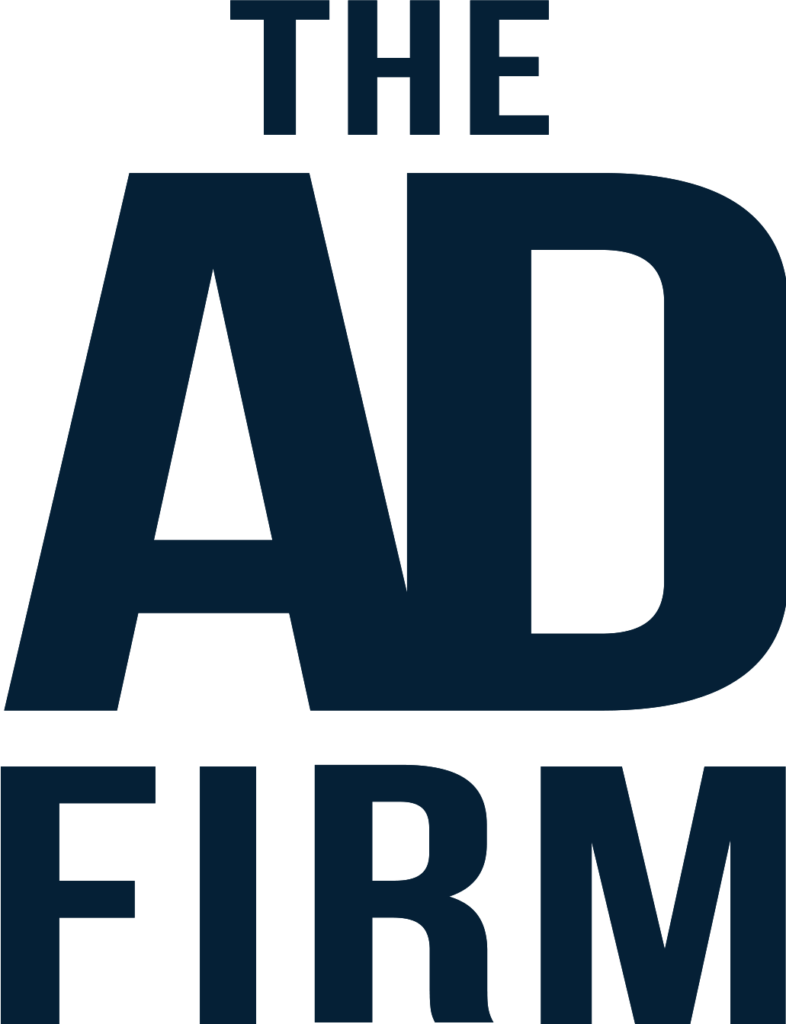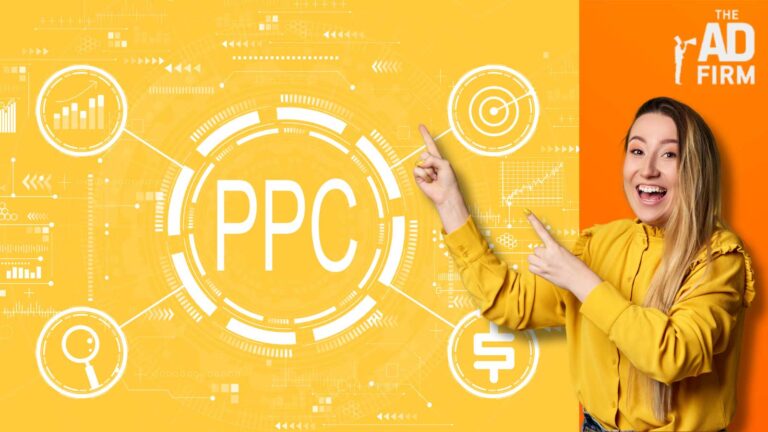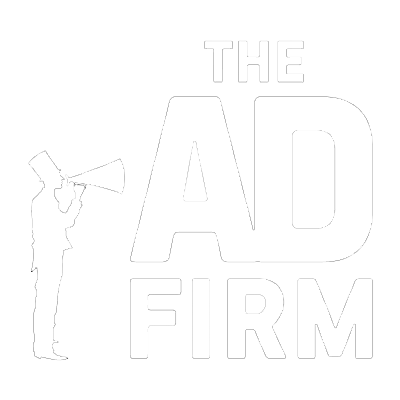Facebook Ads can significantly enhance your brand’s visibility and conversions when optimized effectively. These actionable tips focus on maximizing your return on investment, improving ad relevance, and connecting with your audience at the right time.
Implementing these strategies can help businesses align their campaigns with audience intent and drive measurable results. Partnering with a digital marketing agency or an SEO company can further refine your campaigns, ensuring they resonate with your target audience and deliver outstanding outcomes.
1. Set Clear Campaign Objectives to Drive Results
Establishing well-defined campaign objectives is the cornerstone of any successful Facebook Ads strategy. Clear goals act as a roadmap, guiding your efforts and helping Facebook’s algorithm deliver your ads to the right audience. This approach ensures that your campaigns are focused, efficient, and aligned with your business priorities.
Understanding Facebook’s Optimization Goals
Facebook Ads provide three core optimization goals—Awareness, Consideration, and Conversion—designed to address specific stages of the customer journey. Each goal shapes how your ad interacts with the target audience:
- Awareness: This goal is about visibility. Awareness campaigns are crafted to introduce your brand to as many people as possible, increasing overall brand recognition. These ads are ideal for businesses looking to build familiarity within their market or launch a new product.
- Consideration: These campaigns aim to spark interest and engagement. With objectives like traffic, app installs, or video views, consideration campaigns encourage users to interact with your brand and learn more about what you offer.
- Conversion: Conversion campaigns target users ready to take action, whether it’s making a purchase, signing up for a service, or downloading a resource. These campaigns are highly focused and often feature strong calls-to-action (CTAs) that drive measurable results.
Choosing the right optimization goal ensures that your ads perform effectively and reach users in the most relevant context. Each goal influences ad delivery by prioritizing specific user actions that align with your overall strategy.
Matching Objectives to Conversion Stages
To maximize effectiveness, your ad objectives should align seamlessly with the stages of the customer journey. This alignment creates a cohesive user experience and improves ad performance:
- Awareness: At the top of the funnel, your objective is to introduce your brand. Broad reach campaigns, such as brand awareness or video views, focus on creating a memorable impression. These ads should prioritize eye-catching visuals and concise messaging to capture attention quickly.
- Consideration: In the middle of the funnel, users are actively exploring solutions. Here, engagement-focused campaigns like traffic, lead generation, or app installs help nurture interest. These ads should offer valuable information or incentives, such as free trials or downloadable guides, to encourage interaction.
- Conversion: At the bottom of the funnel, the goal is to drive action. Conversion-focused campaigns, such as catalog sales or store visits, are geared toward users with strong intent. These ads often include persuasive CTAs, testimonials, or limited-time offers to motivate users to complete their journey.
By tailoring objectives to these stages, you can deliver ads that resonate with users’ specific needs and expectations. This not only enhances ad relevance but also increases the likelihood of achieving your desired outcomes.
2. Target the Right Audience with Precision

Targeting the right audience is the backbone of Facebook Ads optimization. Even the most compelling ad creatives can fall flat if they’re shown to the wrong people.
Facebook’s robust targeting tools and data insights empower advertisers to pinpoint their ideal audience, ensuring campaigns resonate with the users most likely to engage and convert. Incorporating strategies from social media marketing helps refine audience segmentation further, ensuring that ads not only reach the right people but also foster meaningful interactions and drive measurable results.
Leverage Custom Audiences and Lookalike Audiences
Custom and Lookalike Audiences are two of Facebook’s most powerful tools for targeting users with precision and maximizing ROI. These features allow advertisers to engage existing customers and discover new potential leads who share similar characteristics.
- Custom Audiences: A Custom Audience enables you to connect with users already familiar with your brand. This group can include website visitors, mobile app users, or individuals in your CRM database. For instance:
- Retarget website visitors who abandoned their shopping carts to nudge them toward completing a purchase.
- Reconnect with app users who haven’t logged in recently by promoting new features or updates.
- Engage existing customers with exclusive offers or loyalty rewards.
- Lookalike Audiences: While Custom Audiences focus on those you already know, Lookalike Audiences help you expand your reach. Facebook’s algorithm analyzes the traits of your Custom Audience and identifies users with similar demographics, interests, and behaviors. By leveraging Lookalike Audiences, you can:
- Scale your campaigns without losing relevance.
- Find high-quality prospects who are more likely to engage with your ads.
- Optimize ad spend by focusing on a group most aligned with your goals.
To maximize effectiveness, regularly update your source data for Custom and Lookalike Audiences. For example, upload new CRM entries or refresh website visitor data to keep your targeting dynamic and accurate.
Refine Audience Segmentation
Effective audience segmentation allows your ads to address the specific needs and preferences of distinct market subsets. By strategically dividing your target audience into focused groups, you can craft messaging that resonates on a deeper level, ultimately boosting engagement and conversion rates.
Segment by Demographics: Tailor your campaigns by considering age, gender, income, and location. For instance:
- Promote region-specific services to users in targeted geographic areas.
- Showcase premium products to audiences in higher-income brackets.
Segment by Interests and Behaviors: Leverage Facebook’s detailed targeting tools to refine your audience based on their interests, activities, or purchasing habits. Examples include:
- Engaging fitness enthusiasts with offers for workout gear or meal plans.
- Targeting frequent travelers with travel-related deals, such as luggage or vacation packages.
Optimize Through Testing: The process of audience segmentation is dynamic. Begin with broader criteria to gain insights and refine based on performance. If an overly specific audience limits reach, consider broadening the parameters to discover new opportunities.
Key Tips for Successful Segmentation
- Integrate Multiple Strategies: Layer demographic and behavioral filters to create highly relevant audience segments.
- Avoid Over-Segmentation: Striking a balance is critical; excessively narrow segments can hinder reach and dilute ad effectiveness.
- Monitor and Adjust Regularly: Use Facebook Ads Manager to track which segments perform best and recalibrate as needed.
Refining audience segmentation ensures that your ad spend is optimized and your messaging hits the mark. By leveraging Facebook’s advanced tools, you can build impactful campaigns that foster meaningful connections and drive tangible results.
3. Optimize Your Ad Creatives for Engagement

In the competitive landscape of Facebook Ads, strong ad creatives are essential. They serve as the first impression of your brand and play a pivotal role in capturing attention, driving engagement, and encouraging conversions. High-performing creatives combine compelling visuals, clear messaging, and strategic testing to resonate with your audience.
Use Compelling Visuals and Copy
Visuals and copy are the foundation of an engaging Facebook ad. A well-designed creative can stop users from scrolling and entice them to take action. Here’s how to craft impactful visuals and messaging:
- Visuals That Reflect Your Brand:
- Use high-quality images or videos that align with your brand identity. For example, a luxury brand might use polished, minimalistic visuals, while a fitness brand could incorporate dynamic, high-energy content.
- Include elements that evoke emotion, such as vibrant colors, relatable scenarios, or aspirational imagery.
- Ensure consistency with your brand’s aesthetic across all ad formats, from single-image ads to carousels and videos.
- Persuasive Ad Copy:
- Keep your text concise and engaging. Avoid long paragraphs—Facebook users prefer digestible snippets.
- Highlight your unique value proposition (UVP). Clearly state why your product or service is better or different. For example: “Get 50% more storage with our sleek, ergonomic shelves.”
- Address pain points and offer solutions. For instance, a skincare ad could say, “Say goodbye to acne scars with our dermatologist-approved formula.”
- Actionable Call-to-Actions (CTAs):
- Use strong CTAs that encourage immediate action. Examples include “Shop Now,” “Claim Your Discount,” or “Learn More.”
- Ensure CTAs are aligned with the user’s stage in the buying journey. For awareness campaigns, use softer CTAs like “Explore Our Collection.” For conversion campaigns, opt for direct prompts like “Buy Today.”
A/B Test Ad Variations
A/B testing is an indispensable strategy for refining your ad creatives and maximizing performance. It allows you to experiment with different elements to understand what resonates most with your audience.
- Experiment with Headlines, Visuals, and CTAs:
- Test different headline variations. Compare emotional appeals with straightforward product benefits to see which drives higher engagement.
- Create multiple versions of visuals, such as contrasting a product-focused image with a lifestyle-oriented video.
- Vary your CTAs to determine which phrases generate the best response.
- Monitor Key Metrics:
- Track click-through rate (CTR) to measure the effectiveness of your creatives in attracting attention.
- Assess conversion rates to identify which ads successfully drive sales or desired actions.
- Analyze engagement metrics, such as likes, comments, and shares, to gauge overall resonance.
- Refine and Iterate:
- Use data from your A/B tests to identify winning combinations of headlines, visuals, and CTAs.
- Implement learnings into new campaigns and continue testing to adapt to changing audience preferences.
- Regularly refresh your creatives to avoid ad fatigue, ensuring your audience remains engaged.
4. Analyze and Refine Ad Performance Metrics
To optimize your Facebook Ads for better conversions, tracking and analyzing performance metrics is non-negotiable. It provides the insights needed to fine-tune your campaigns, ensuring they align with your goals while delivering measurable results. Data is the foundation of smart decision-making, and understanding the key metrics allows you to identify what’s working and what needs improvement.
Key Metrics to Focus On
Focusing on specific metrics ensures that your analysis is targeted and actionable. These metrics provide a clear snapshot of your ad’s effectiveness across various performance areas:
- Click-Through Rate (CTR): Measures the percentage of users who click on your ad after seeing it. A high CTR indicates that your ad is compelling and relevant. It reflects the ad’s ability to grab attention and encourage interaction.
- Conversion Rate: Represents the percentage of users who complete a desired action, such as making a purchase or signing up. It directly ties ad engagement to tangible business outcomes.
- Return on Ad Spend (ROAS): Measures the revenue generated for every dollar spent on ads. Highlights the profitability of your campaigns and helps allocate budgets efficiently.
- Relevance Score (Now Quality Ranking, Engagement Rate Ranking, Conversion Rate Ranking): Facebook’s assessment of how relevant your ad is to the audience based on engagement, feedback, and performance. A higher score means Facebook is more likely to deliver your ad effectively and at a lower cost.
By consistently tracking these metrics, you gain a comprehensive understanding of your campaign’s performance, helping you make informed decisions for future improvements.
Implement Data-Driven Adjustments
Data-driven optimizations are the key to staying competitive in the fast-paced digital advertising landscape. By analyzing trends and patterns, you can refine your campaigns to achieve higher efficiency and effectiveness.
- Adjust Budgets and Placements: Shift your budget toward high-performing ad sets or audiences to maximize ROI. Use data to determine which placements—such as Instagram Stories, Facebook News Feed, or Audience Network—yield the best results. Adjust accordingly to focus on where your audience engages most.
- Refresh Underperforming Creatives: Audiences can become desensitized to repetitive ads, leading to decreased engagement. Replace stale visuals or messaging to keep content fresh and engaging. Test variations of headlines, visuals, and CTAs through A/B testing to identify the most effective combinations for your audience.
- Refine Messaging for Better Alignment: Analyze feedback and engagement data to ensure your messaging resonates with your audience’s interests and needs. Highlight the most compelling aspects of your product or service that address audience pain points directly.
- Optimize Targeting Based on Performance Trends: Use insights from your analytics to refine audience segmentation. For instance, if a specific demographic consistently converts better, focus your targeting efforts on similar profiles.
Pro Tips for Effective Performance Refinement:
To maintain optimal campaign performance, schedule regular performance reviews to stay aligned with changing audience behaviors and market trends. Leverage Facebook’s reporting tools to track detailed data and uncover hidden opportunities for improvement. Additionally, document insights and learnings from each campaign to create a repository of best practices, ensuring future campaigns are informed by proven strategies and avoid past mistakes.
5. Utilize Facebook’s Advanced Tools for Smarter Optimization
Facebook offers a suite of advanced tools designed to streamline campaign management and enhance ad performance. These features enable advertisers to deliver highly personalized experiences while ensuring budget efficiency. By leveraging these tools, you can create campaigns that are not only effective but also adaptable to audience behavior and market dynamics.
Dynamic Ads for Personalized Experiences
Dynamic ads are a game-changer for advertisers looking to connect with their audience on a personal level. By automatically adjusting content based on user behavior, dynamic ads ensure that every interaction feels relevant and timely.
- Showcase Recently Viewed Products: Dynamic ads can highlight items users have recently browsed or added to their cart. This retargeting strategy keeps your products at the forefront of users’ minds, increasing the likelihood of conversion.
- Tailor Content to Preferences: By analyzing user actions, such as clicks, likes, and website visits, dynamic ads serve customized content that resonates with individual interests. This heightened relevance boosts engagement rates.
- Enhance Cross-Selling Opportunities: Display related or complementary products based on previous purchases or interactions. For example, if a user buys a laptop, dynamic ads can promote accessories like a carrying case or external keyboard.
With dynamic ads, you reduce the guesswork and create a seamless user journey that feels intuitive and personalized.
Use Campaign Budget Optimization (CBO)
Campaign Budget Optimization (CBO) is an invaluable tool for managing ad spend effectively. By automating budget allocation, CBO ensures that your resources are directed toward the ad sets delivering the best results.
- Prioritize High-Performing Ad Sets: CBO uses performance data to allocate budgets to ad sets with higher engagement, impressions, or conversions. This minimizes waste and maximizes ROI.
- Adapt to Changing Dynamics: As campaign performance fluctuates, CBO dynamically reallocates funds to where they’re needed most. This flexibility ensures you’re always optimizing for success without constant manual intervention.
- Simplify Campaign Management: By setting a total campaign budget, you eliminate the need to manually adjust budgets for individual ad sets. This not only saves time but also reduces the risk of human error.
CBO is particularly beneficial for campaigns targeting diverse audiences or running multiple ad variations. It empowers you to focus on strategy and creativity while letting Facebook’s algorithms handle the heavy lifting.
Take Your Facebook Ads to the Next Level with The Ad Firm
Unlock the full potential of your Facebook Ads with expert guidance and proven strategies. At The Ad Firm, a trusted digital marketing agency, we specialize in crafting tailored campaigns that drive measurable results.
From professional SEO services to e-commerce SEO services and local SEO services, we bring the expertise needed to optimize your ads, reach your ideal audience, and boost conversions. Let us transform your campaigns into powerful tools for growth. Contact The Ad Firm today to start achieving exceptional results!









